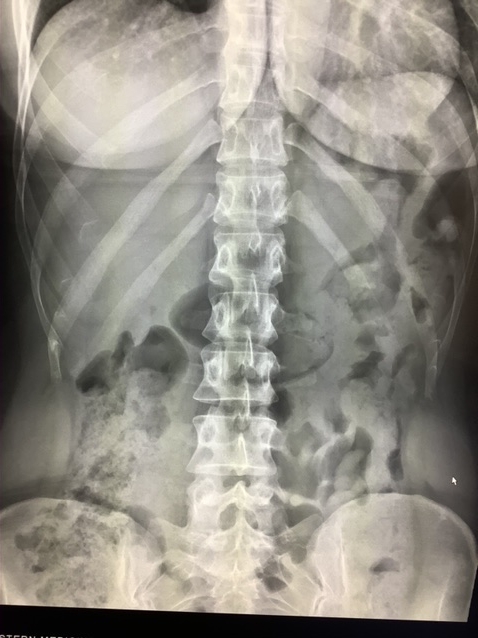Can Fat Stranding on CT Mean Cancer?
Fat stranding on CT means that the normally dark uniform fat has patchy brighter densities within. The fat becomes dirty in appearance. Fat stranding on CT can indicate many different kinds of abnormalities but can sometimes be seen with cancer.
Fat stranding and cancer
On CT, we usually see the primary cancer. It is rare for a cancer to be fat stranding alone. Sometimes, tumors which spread into the surrounding tissues can have fat stranding around them. This is common with pancreatic cancers which tend to spread into the surrounding tissues and cause fat stranding on CT.
Fat stranding can be seen around tumors after they have been treated with radiation. Fat stranding can be seen after tumors have been removed surgically. It is sometimes hard to tell if the fat stranding on CT at the site of surgery is related to surgery or is residual or recurrent tumor.
Fat stranding on CT as the only sign of cancer is rare. Some infiltrative tumors can look like fat stranding. This means that the tumor is not a round ball, but spreads into the tissues in an irregular manner. Infiltrative tumors still often look different then the fat stranding we see associated with more benign processes. Often we can tell the difference.
Diverticulitis versus colon cancer
Diverticulitis is an inflamed diverticulum or pocket of the colon. This will cause fat stranding of the tissues around the diverticulum. Often the colon in that area will be thickened. In these cases, we can not always tell if the process may represent colon cancer. Often, a colonoscopy is recommended after treatment to make sure there is no colon tumor.
Fat stranding is more commonly not cancer
Fat stranding on CT more commonly indicates a more benign process like fluid in the body or inflammation. Often we see fat stranding on CT when something is inflamed like the appendix or gallbladder. We see more diffuse fat stranding when there is fluid in the tissues of the body.
We see fat stranding when there are infections. This can be an infection of the tissues called cellulitis. We can see stranding around organs such as the kidney when they are infected. Fat stranding on CT can be see when there is collection of pus called an abscess.
Fat stranding on CT more often does not mean cancer. This is more commonly seen with infection, inflammation, fluid/edema, after procedures and surgery. Fat stranding can be associated with a tumor after treatment. Rarely, an infiltrative tumor can look like fat stranding on CT.
Fat stranding can sometimes be seen when there is residual tumor after surgery or a recurrence of cancer. Fat stranding can sometimes be seen around a tumor which is spreading into surrounding tissues.
The radiologist interpreting the CT will suggest the most likely diagnosis based on all the prior scans, clinical history and labs. The radiologist may also recommend additional testing to confirm a diagnosis. Your clinical doctor will determine the best course of follow up and treatment for the finding.

